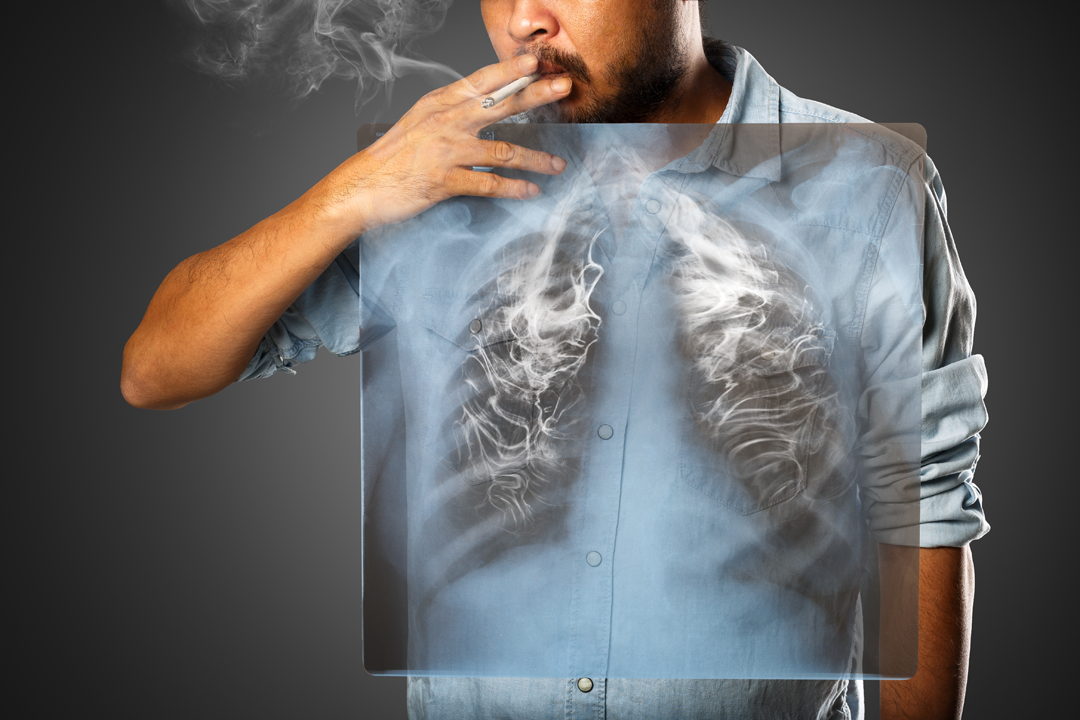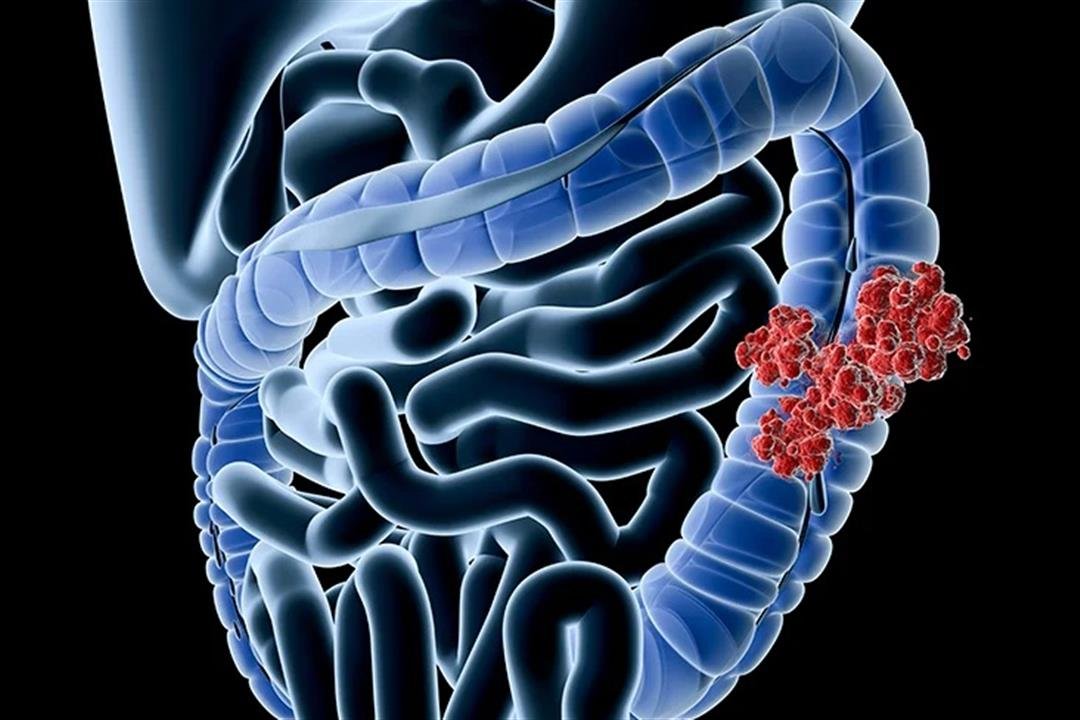Lung Cancer
Introduction
Definition of Lung Cancer
Cell breakdown in the Lung Cancer is a sort of illness that beginnings in the lungs, the two organs in the chest that help us with unwinding. It is depicted by the uncontrolled improvement of unusual cells in one or the two lungs. These peculiar cells don’t frame into sound lung tissue anyway rather segment rapidly and structure developments.
Importance and Relevance of Lung Cancer
Cell breakdown in the lungs is quite possibly of the most broadly perceived and deadliest threatening development all over the planet. It impacts countless people consistently, causing basic horridness and mortality. Understanding cell breakdown in the lungs is fundamental for early area, suitable therapy, and in the long run diminishing the heaviness of this ailment on individuals and clinical consideration structures.
Prevalence and Statistics
Cell breakdown in the lungs is the principal wellspring of harmful development related passings all around, great passings from colon, chest, and prostate illnesses combined. According to the World Prosperity Affiliation (WHO), there were 2.2 million new cases and 1.8 million passings from cell breakdown in the lungs in 2020. These numbers highlight the desperate prerequisite for continued with assessment, expectation, and treatment strategies.

Types and Categories of lung cancer
Non-Small Cell Lung Cancer (NSCLC)
NSCLC is the most notable kind of cell breakdown in the Lung Cancer, addressing around 85% of cases. It consolidates a couple subtypes:
Adenocarcinoma is the most generally perceived subtype of NSCLC, habitually found in the outer districts of the lungs. It will overall become more delayed than various sorts and will undoubtedly be investigated before it has spread.
Squamous Cell Carcinoma
Squamous cell carcinoma regularly begins in the central piece of the lungs, in the bronchi. It is connected with a foundation set apart by smoking and will overall be more strong.
Large Cell Carcinoma
Gigantic cell carcinoma is a more surprising subtype that can appear in any piece of the lung cancer . It creates and spreads more quickly than various sorts of NSCLC.
Small Cell Lung Cancer (SCLC)
SCLC addresses around 10-15% of cell breakdowns in the lungs. A rapidly creating illness will overall spread quickly to various bits of the body. SCLC is insistently associated with smoking.
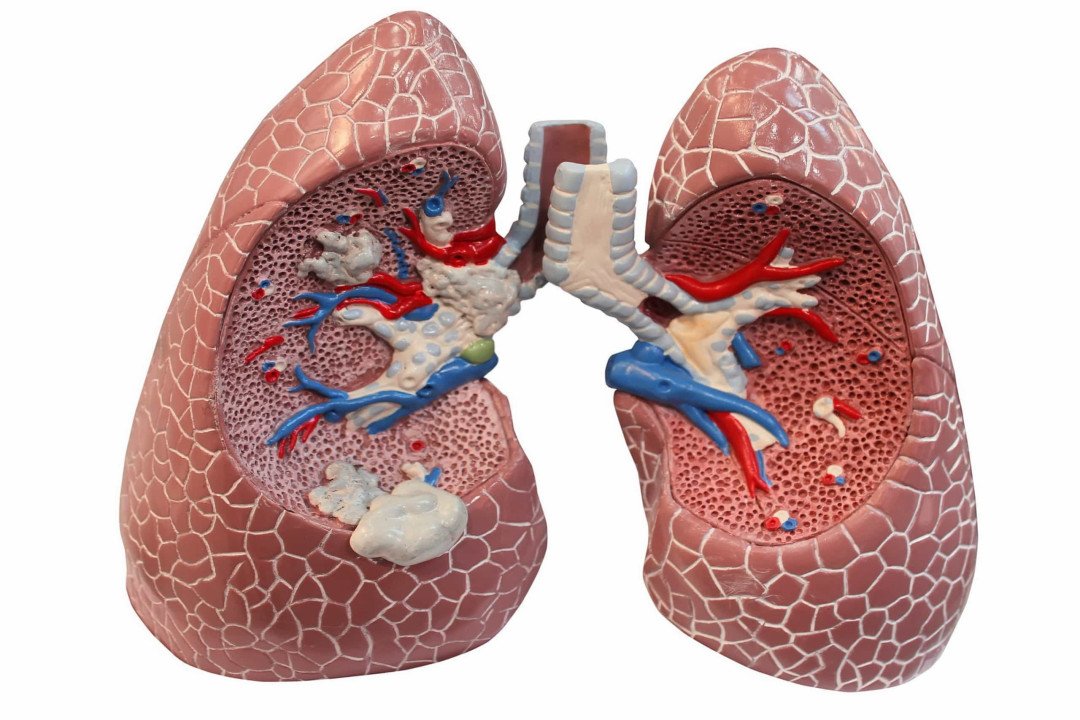
Other Rare Types
Mesothelioma
Mesothelioma is a phenomenal harmful development that makes in the covering of the lungs (pleura) and is every now and again associated with asbestos receptiveness.
Carcinoid Tumors
Carcinoid developments are a remarkable sort of cell breakdown in the lungs that by and large grow slowly and are less disposed to spread. They can occur in various bits of the lungs.
Symptoms and Signs of Lung Cancer
Early Symptoms
Persistent Cough
A vigorous hack that doesn’t vanish and crumbles after some time is generally speaking potentially the earliest sign of cell breakdown in the lungs.
Chest torture that is consistent and crumbles with significant breathing, hacking, or laughing can be a characteristic of cell breakdown in the lungs.
Shortness of Breath
Shortness of breath, wheezing, and dryness can in like manner be early secondary effects as developments hinder flying courses.
Advanced Symptoms of Lung Cancer
Hemoptysis (Coughing up Blood)
Hacking up blood or rust-concealed sputum is a serious secondary effect that requires speedy clinical thought.
Weight Loss
Unexplained weight decrease and loss of craving can occur in state of the art periods of cell breakdown in the lungs.
Bone Pain
Torture during the bones, especially the spine or ribs, can be a sign that phone breakdown in the lungs has spread.

Causes and Risk Factorsof lung cancer
Smoking
Cigarette Smoking
Smoking is the primary wellspring of cell breakdown in the lungs, responsible for around 85% of cases. The bet increases with the amount of cigarettes smoked and the length of smoking.
Secondhand Smoke
Receptiveness to gave over tobacco smoke similarly extends the bet of cell breakdown in the lungs. Non-smokers living with smokers have a 20-30% more serious bet of making cell breakdown in the lungs.

Environmental Factors
Radon Exposure
Radon is a radioactive gas that can gather in homes and designs. It is the ensuing driving justification behind cell breakdown in the lungs.
Asbestos
Asbestos transparency, particularly in word related settings, basically extends the bet of cell breakdown in the lungs, especially in smokers.
Genetic Predisposition
A family foundation of cell breakdown in the lungs can construct a solitary’s bet, suggesting a normal genetic part.
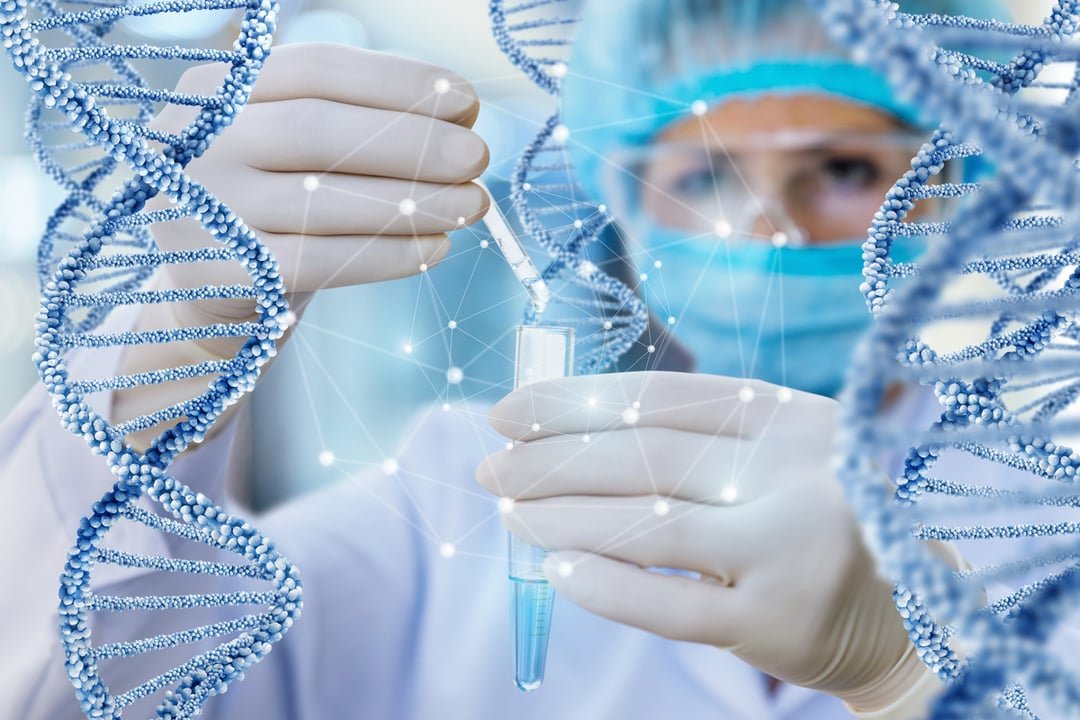
Other Lifestyle Factors
Diet
A not exactly heavenly eating routine debilitated in results of the dirt can add to the bet of cell breakdown in the lungs.

Exercise
Normal dynamic work can help with decreasing the bet of cell breakdown in the lungs.

Diagnosis and Tests Lung Cancer
Initial Assessment
Physical Examination
A concentrated genuine appraisal can uncover signs of cell breakdown in the lungs, as expanded lymph center points.
Medical History
An organized clinical history, including smoking history and receptiveness to biological bet factors, is basic for assurance.
Imaging Tests
X-rays
Chest X-pillars can show masses or spots in the lungs that could exhibit dangerous development.
CT Scans
CT looks at give more unequivocal pictures and can uncover more unassuming wounds in the lungs.

PET Scans
PET ranges assist with concluding whether dangerous development has spread to various bits of the body.
Laboratory Tests
Blood Tests
Blood tests can help with recognizing irregularities that could propose cell breakdown in the lungs.
Sputum Cytology
Taking a gander at sputum under an amplifying focal point can uncover illness cells in particular sorts of cell breakdown in the lungs.

Biopsy Procedures
Bronchoscopy
Bronchoscopy incorporates implanting a slim chamber into the lungs to accumulate tissue tests.
Needle Biopsy
A needle biopsy incorporates using a needle to dispose of tissue from a lung development.
Surgical Biopsy
Cautious biopsy may be supposed to get a greater tissue test for assessment.

Treatment Options
Surgery
Lobectomy
Lobectomy is the departure of an entire bend of the lung and is a commonplace treatment for NSCLC.
Pneumonectomy
Pneumonectomy incorporates dispensing with an entire lung and is used in circumstances where the dangerous development is more noteworthy.
Segmentectomy
Segmentectomy incorporates dispensing with a section of the lung and is less nosy than lobectomy or pneumonectomy.
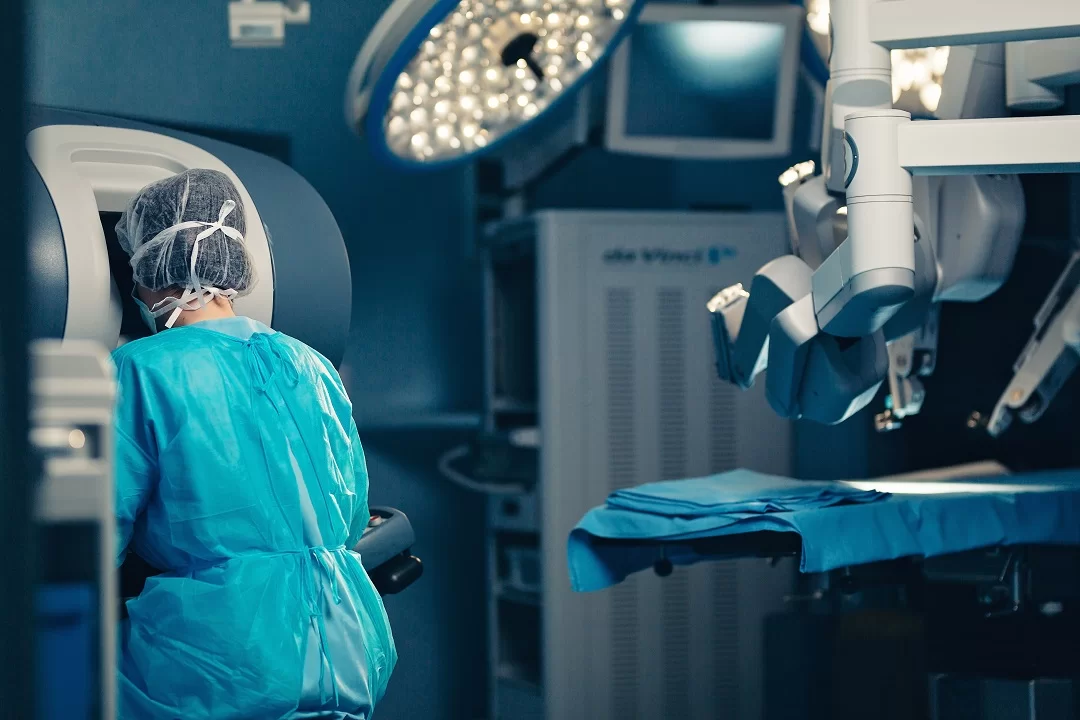
Radiation Therapy
External Beam Radiation
External shaft radiation therapy targets tumors with high-energy radiates from outside the body.
Brachytherapy
Brachytherapy incorporates setting radioactive material inside or near the disease.
Chemotherapy
Common Chemotherapy Drugs
Chemotherapy uses drugs like cisplatin, carboplatin, and paclitaxel to kill dangerous development cells.
Side Effects Management
Managing coincidental impacts like nausea, exhaustion, and going uncovered is a critical piece of chemotherapy treatment.
Targeted Therapy
EGFR Inhibitors
Epidermal Improvement Component Receptor (EGFR) inhibitors are a class of assigned treatment drugs expected to obstruct the activity of the EGFR protein, which is much of the time overexpressed or changed in unambiguous sorts of cell breakdown in the lungs, particularly non-little cell breakdown in the lungs (NSCLC).
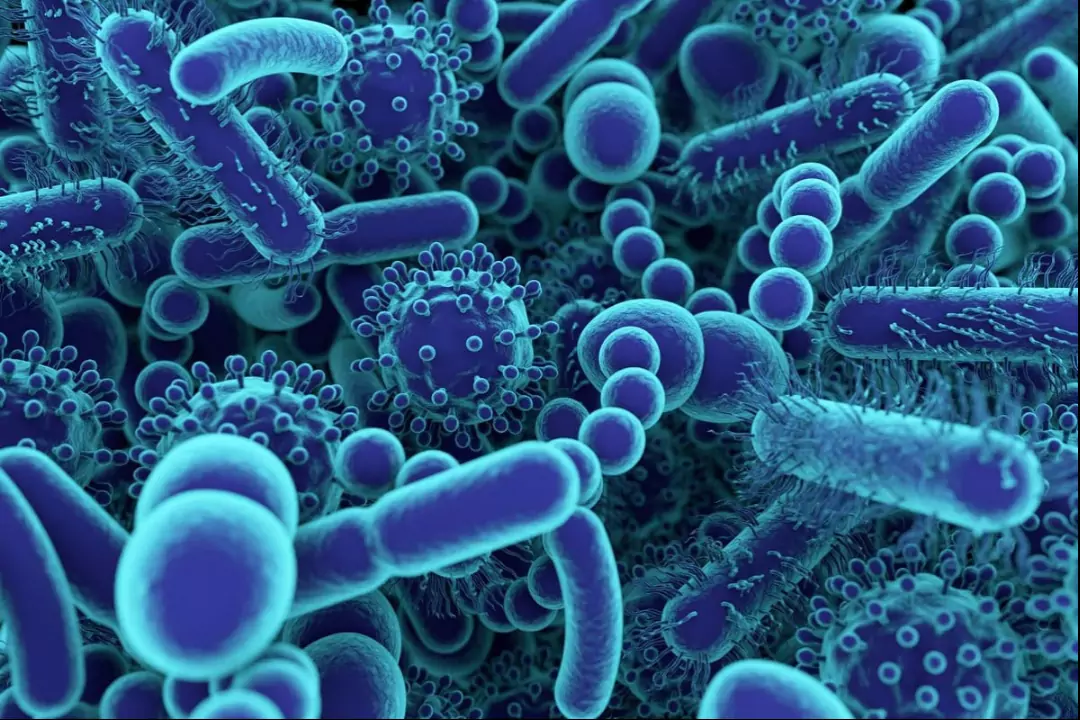
How EGFR Inhibitors Work:
• EGFR is a protein on the external layer of cells that helps them create and isolate. In specific cancers, EGFR is changed or present in peculiarly high totals, provoking uncontrolled cell advancement.
• EGFR inhibitors, for instance, erlotinib (Tarceva), gefitinib (Iressa), and osimertinib (Tagrisso), bind to the EGFR protein and block its activity, holding the sickness cells back from creating and isolating.
Indications:
• EGFR inhibitors are normally suggested for patients with NSCLC who have express changes in the EGFR quality, which can be recognized through genetic testing of the development tissue.
Auxiliary impacts:
• Ordinary side effects of EGFR inhibitors integrate skin rash, free guts, and liver ability inconsistencies. These auxiliary impacts are generally reasonable and less limit than those of standard chemotherapy.
Side Effects:
Anaplastic Lymphoma Kinase (ALK) inhibitors are another class of assigned treatment drugs used to treat cell breakdowns in the lungs with express ALK quality adjustments.
ALK Inhibitors
• ALK is a quality that can entwine with various characteristics, making a mutt protein that drives infection cell improvement. This sort of progress is tracked down in a subset of NSCLC patients.
• ALK inhibitors, for instance, crizotinib (Xalkori), ceritinib (Zykadia), and alectinib (Alecensa), expressly target and control the surprising ALK protein, thus moving back or stopping the improvement of threatening development cells.

Indications:
• ALK inhibitors are used in NSCLC patients whose developments have ALK, not totally settled through sub-nuclear testing.
Side Effects:
• Side effects of ALK inhibitors can integrate nausea, the runs, vision issues, and liver impetus peculiarities. Checking and the chiefs of these auxiliary impacts are huge pieces of patient thought.
Immunotherapy
How Immunotherapy Works
The invulnerable structure is the body’s protect framework against pollutions and ailments. Regardless, threatening development cells can avoid the safe structure by exploiting explicit assigned detects that control safe responses. Immunotherapy drugs, particularly assigned spot inhibitors, center around these assigned spots, allowing the insusceptible system to see and pursue infection cells all the more.
Types of Immunotherapy
1. Checkpoint Inhibitors
2. CAR Invulnerable framework microorganism Treatment
3. Cancer Inoculations
4. Monoclonal Antibodies

Checkpoint Inhibitors
Assigned spot inhibitors are a sort of immunotherapy that blocks proteins on safe cells called assigned spots. These assigned spots can hold insusceptible cells back from pursuing conventional cells, but sickness cells can catch this part to shield themselves from the safe system. By blocking these assigned spots, inhibitors engage safe cells to see and kill dangerous development cells.
PD-1/PD-L1 Inhibitors
How They Work:
• PD-1 is an assigned spot protein on Lymphocytes (a sort of safe cell) that, when bound to PD-L1 (a protein on harmful development cells), controls Insusceptible framework microorganisms from pursuing the infection.
• PD-1/PD-L1 inhibitors, for instance, pembrolizumab (Keytruda) and nivolumab (Opdivo), block this association, freeing Lymphocytes to pursue sickness cells.
Indications:
• These inhibitors are used to treat various kinds of cell breakdown in the lungs, including NSCLC and SCLC, regularly as a first-line treatment or in mix with various medicines.
Side Effects:
• Typical accidental impacts integrate shortcoming, rash, and free guts. More serious optional impacts can consolidate bothering of organs like the lungs, liver, or assimilation plots.
CTLA-4 Inhibitors
How They Work:
• CTLA-4 is one more assigned spot protein that downregulates safe responses. Inhibitors like ipilimumab (Yervoy) block CTLA-4, working on the invulnerable system’s ability to pursue sickness cells.
Indications:
• As often as possible used in blend in with PD-1 inhibitors for state of the art cell breakdown in the lungs cases.
Side Effects:
• Like PD-1 inhibitors, with potential for extra outrageous immune related hostile effects.
Vehicle Resistant framework microorganism Treatment
Whimsical Antigen Receptor (Vehicle) Resistant framework microorganism treatment incorporates changing a patient’s Lymphocytes to impart receptors expected for dangerous development cells. These planned Insusceptible framework microorganisms are then by and by acquainted into the patient’s body with search out and obliterate illness cells.
CAR T-Cell Therapy
• Safe framework microorganisms are removed from the patient and genetically different in a lab to convey Vehicles on their surface.
• These Vehicles are expected to target express antigens on illness cells.
• Yet again the changed Insusceptible framework microorganisms are embedded into the patient, where they increment and attack threatening development cells.
Indications:
• As of now used basically for blood illnesses yet being investigated areas of strength for like cell breakdown in the lungs.
Side Effects:
• Can integrate cytokine release condition (CRS) and neurotoxicity, requiring wary noticing and the leaders.
Cancer Vaccines
Dangerous development inoculations mean to quicken the invulnerable system to pursue illness cells by giving it threatening development express antigens.
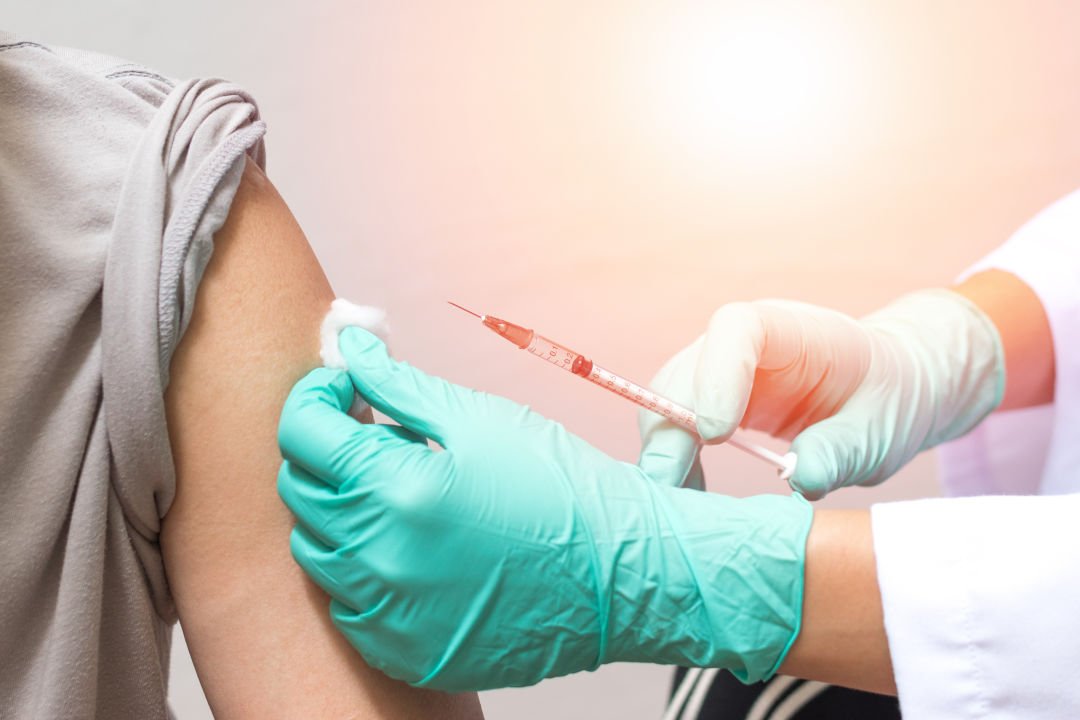
How They Work:
• Inoculations bring antigens from threatening development cells into the body, inciting a safe response against those antigens.
Indications:
• Basically used in clinical fundamentals and investigation settings for cell breakdown in the lungs.
Optional impacts:
• Regularly delicate, including imbuement site reactions and flu like secondary effects.
Monoclonal Antibodies
Monoclonal antibodies are lab-made molecules that can bind to unequivocal spotlights on dangerous development cells.
How They Work:
• These antibodies can hinder illness cell advancement, mark harmful development cells for safe annihilation, or pass noxious substances clearly on to infection cells.
Indications:
• Used for various growths, remembering cell breakdown for the lungs, often in mix with various drugs.
Side Effects:
• Can vacillate dependent upon the specific immunizer anyway may consolidate overly sensitive reactions, fever, and chills.
Preventive Measures
Preventing cell breakdown in the lung cancer suggests decreasing bet factors and taking on sound lifestyle penchants.
Quit Smoking
The best strategy for preventing cell breakdown in the lung canceris to quit smoking. Resources and support are available to help smokers with halting.

Avoid Secondhand Smoke
Limiting receptiveness to gave over tobacco smoke diminishes cell breakdown in theLung Cancer This integrates laying out without smoke conditions at home and work.
Test for Radon
Testing homes for radon and taking measures to lessen critical levels can cut down cell breakdown in the lungs risk.
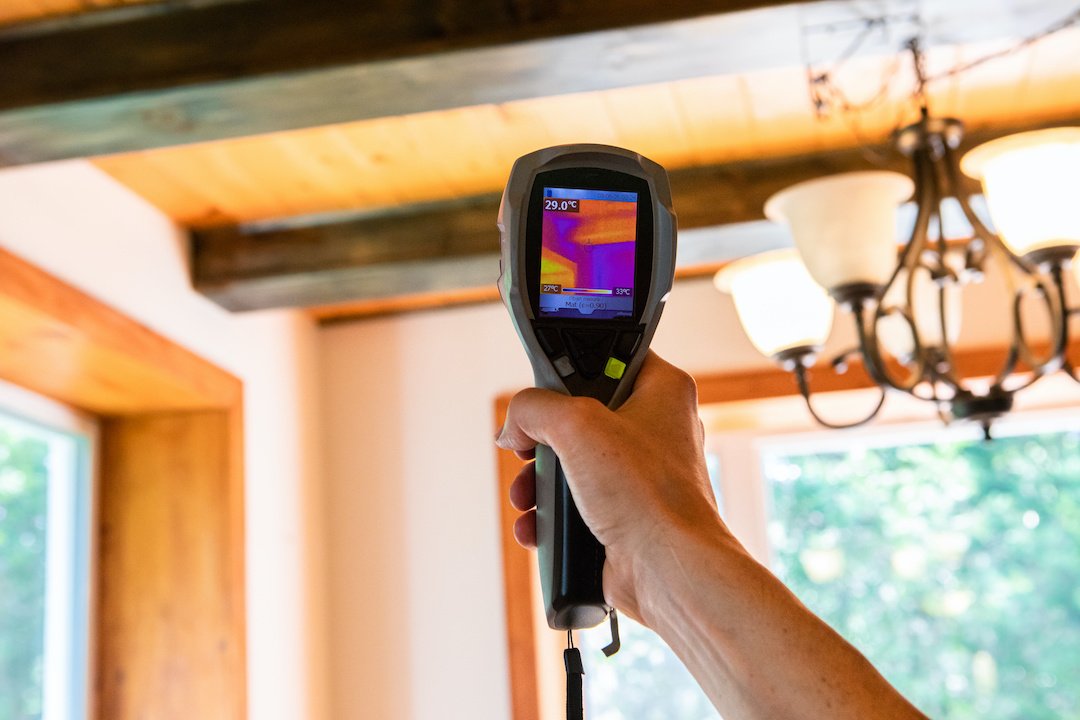
Occupational Safety
Keeping security runs and including protective equipment can restrict receptiveness to damaging substances in the work space.
Healthy Lifestyle
A strong eating routine, normal movement, and avoiding air defilement can add to by and large lung prosperity and lessen illness risk.
Conclusion
Cell breakdown in the lungs remains a colossal prosperity challenge, yet types of progress in finding and treatment offer anticipate further developed results. Understanding the bet factors, seeing aftereffects early, and searching for ideal clinical thought are pressing advances toward regulating cell breakdown in the lungs. Continued with investigation and care are major in the fight against this deadly ailment.
FAQs :-
What is cell breakdown in the Lung Cancer?
Cell breakdown in the Lung Cancer starts in the lungs and incorporates uncontrolled cell advancement that can spread to various bits of the body.
What are such cell breakdown in the lungs?
The two essential sorts are Non-Little Cell breakdown in the lungs (NSCLC) and Little Cell breakdown in the lungs (SCLC).
What are the symptoms of cell breakdown in the Lung Cancer?
Ordinary incidental effects consolidate decided hack, hacking up blood, shortness of breath, chest torture, roughness, unexplained weight decrease, exhaustion, and persistent lung pollutions.
What causes cell breakdown in the Lung Cancer?
The fundamental driver is smoking, yet various factors integrate gave over tobacco smoke, radon gas, word related openings, air pollution, and genetic characteristics.
How is cell breakdown in theLung Cancer?
Examination incorporates imaging tests (X-radiates, CT inspects, PET results), biopsies (bronchoscopy, needle biopsy, cautious biopsy), and sub-nuclear testing.
What are the treatment decisions for cell breakdown in the lungs?
Treatment decisions consolidate an operation, radiation therapy, chemotherapy, assigned therapy, immunotherapy, and participation in clinical primers.
Note:-
The information provided on this blog regarding medicnn price and side effects is solely based on data collected from public domains. I am not a doctor or a medical professional. While i strive to provide accurate and up to date information, I cannot guarantee the absolute accuracy or completeness of the data. It is always recommended to consultee with a qualified healthcare professional or doctor for personalized medical advice and information. the content on this blog should not be considered a substitute for professional provided at their own discretion and risk. I do not assume any responsibility for any consequences arising from the use of the information on this blog.
